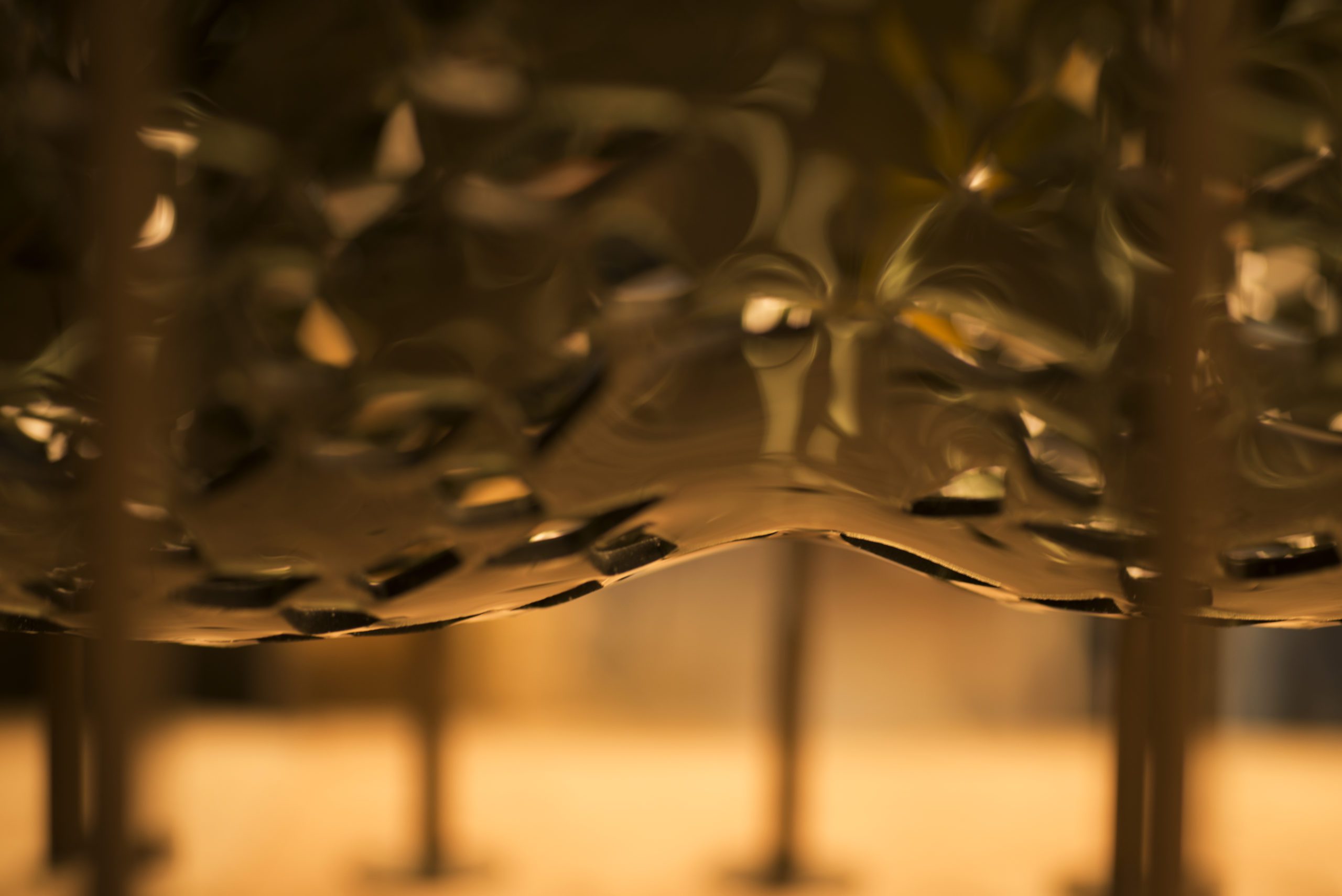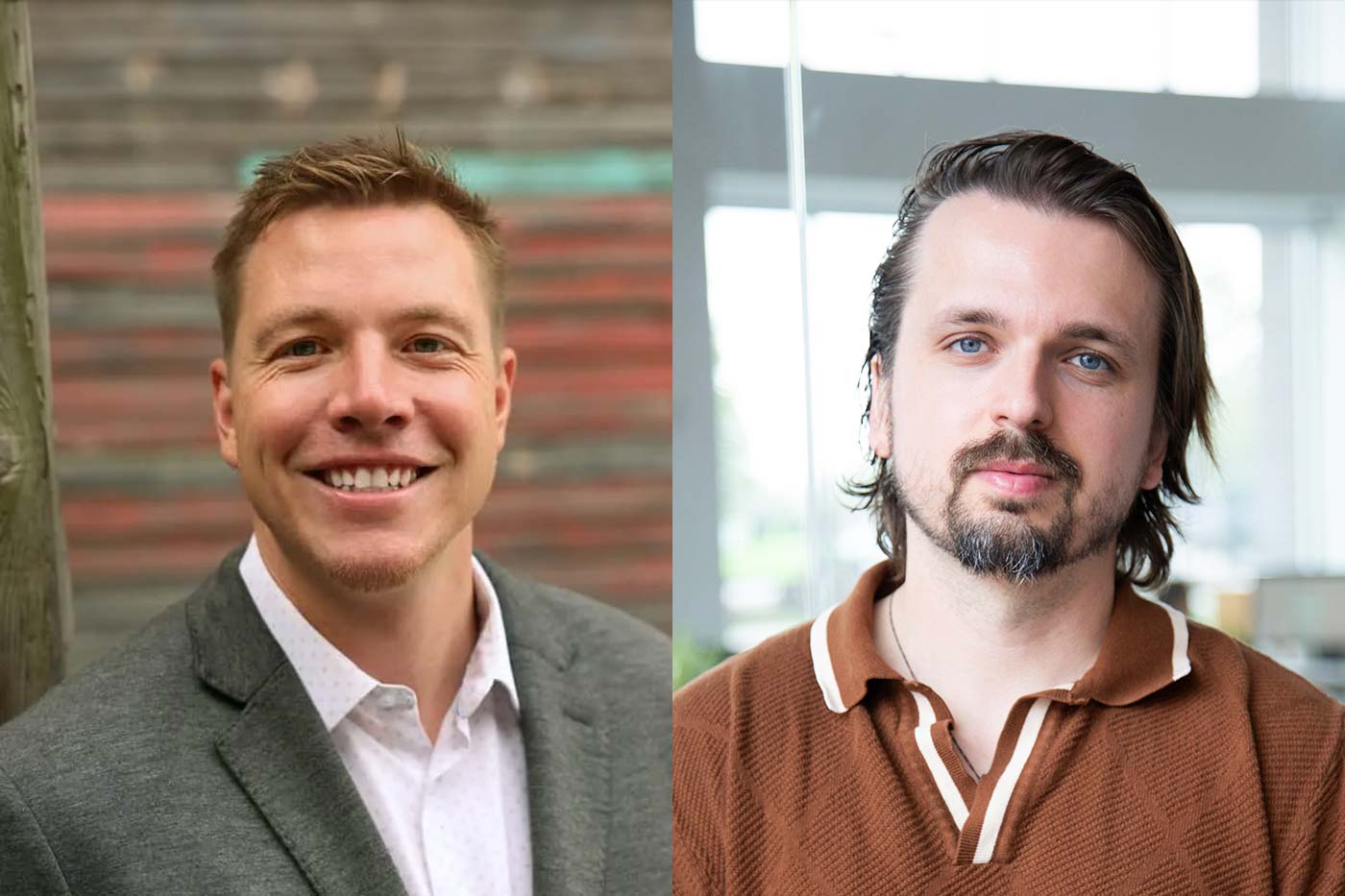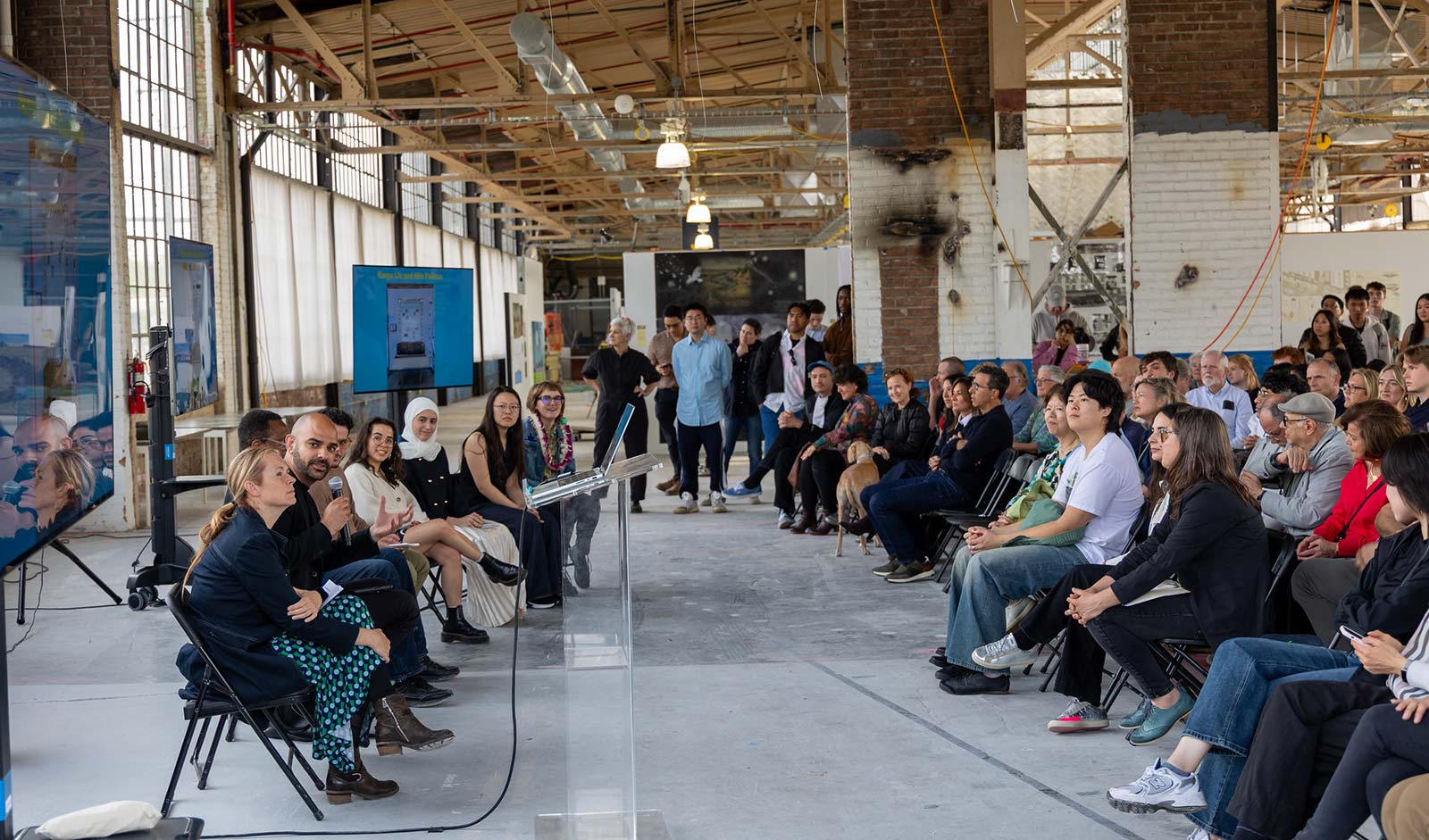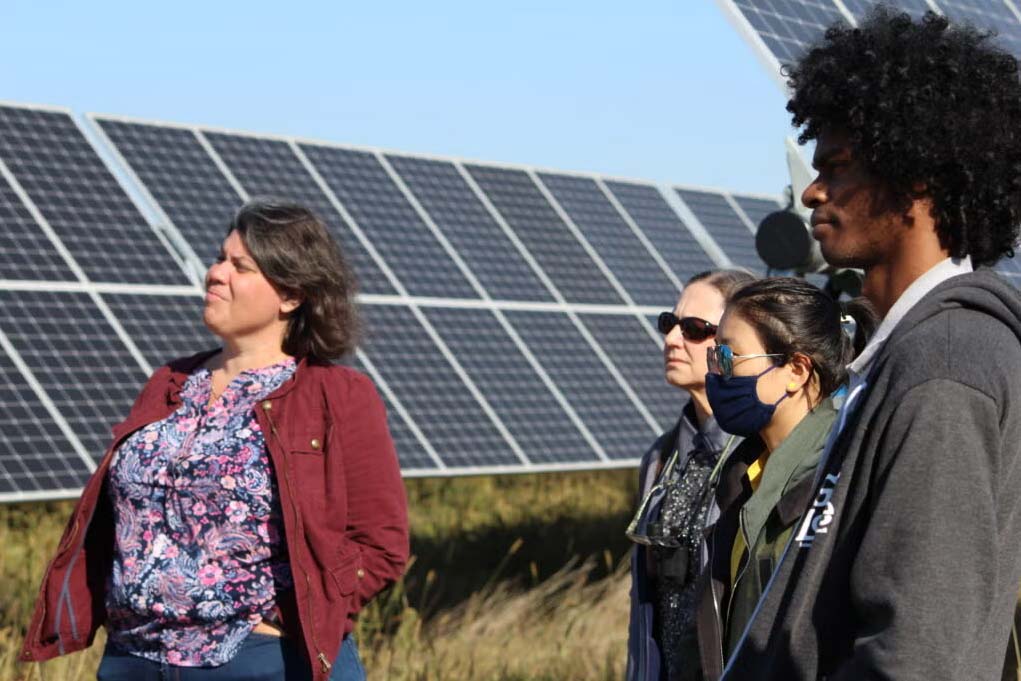
U-M Taubman College and Guardian Industries Announce Research Partnership
The University of Michigan’s Taubman College of Architecture and Urban Planning and Guardian Industries announce a new collaborative research partnership in advanced glass materials.
An award from Guardian will result in two architectural research studies as a part of the new Guardian–Taubman Research Alliance. The projects will draw on Taubman College’s design and fabrication expertise, enhanced by an interdisciplinary team of researchers from engineering, robotics, and sustainability science, as well as experts in the construction, real estate, and building industries.
“Experimental projects are exciting because they show us a future in which architecture enhances our experience and our lives in powerful new ways,” said Jonathan Massey, dean of Taubman College. “To move from our fabrication lab out into the bigger world, however, where it can yield tangible change for people beyond our campus, architectural innovation needs pathways to deployment and partners from other fields.”
The first study is a collaboration between Taubman College and U-M’s School of Information. “Biometric, Communicative, and Environmental Interfaces: Expanding the Functional Integration of Glass in Promoting Health and Wellness in the Workplace” is led by Robert Adams, associate professor of architecture and director of Taubman College’s M.S. in Design and Health program.
The second, “Design Ecologies of Glass,” is a collaboration between Taubman College and U-M’s College of Engineering. Led by Kathy Velikov and Matias del Campo, both associate professors of architecture, the project will explore how changes in thermal resistance for glazing can be applied to new building envelope systems made of glass and new glass-skinned building materials.
Geoffrey Thün, associate dean for research and creative practice, said, “We are reimagining how we engage companies and how we think about new ways of pursuing these kinds of relationships together. We want to co-create trajectories that produce mutual benefit, produce and share new knowledge, provide advanced training for our students, create an opportunity to engage our alumni network — which includes many leading practitioners around the globe — and translate new findings into the world, into the built environment.”
Sheldon Davis, vice president for research and development at Guardian Glass, a subsidiary of Guardian Industries, said, “Guardian prides itself on its innovation. Employees throughout the company, including those beyond our R&D capability, take pride in our innovations. We push to find new ways to create value for society and to reduce the resources used to do so.”
The 18-month research projects are the first in the Guardian–Taubman Research Alliance, which builds on a long history between the company and U-M. More information on the Taubman and Guardian relationship can be found here.
Guardian Glass, a business unit of Guardian Industries, is one of the world’s largest manufacturers of float, coated, and fabricated glass products. At its 25 float plants around the globe, Guardian Glass produces high-performance glass for use in exterior (both commercial and residential) and interior architectural applications, as well as transportation and technical products. You’ll find Guardian glass in homes, offices, cars, and some of the world’s most iconic architectural landmarks. The Guardian Glass Science & Technology Center continuously works to create new glass products and solutions using the most advanced technology to help customers See what’s possible™.
Taubman College of Architecture and Urban Planning is a leader in education in architecture and urban and regional planning, and consistently is named among the best architecture and planning schools in the country. A complement of disciplinary and interdisciplinary degree programs ranging from pre-professional to post-professional to Ph.D. prepares students for practice with a competitive edge made possible by an approach to academics rooted in experimentation and innovation. Energetic faculty, staff, and students from a diverse, creative, and collaborative community within the University of Michigan, one of the world’s largest research universities.









